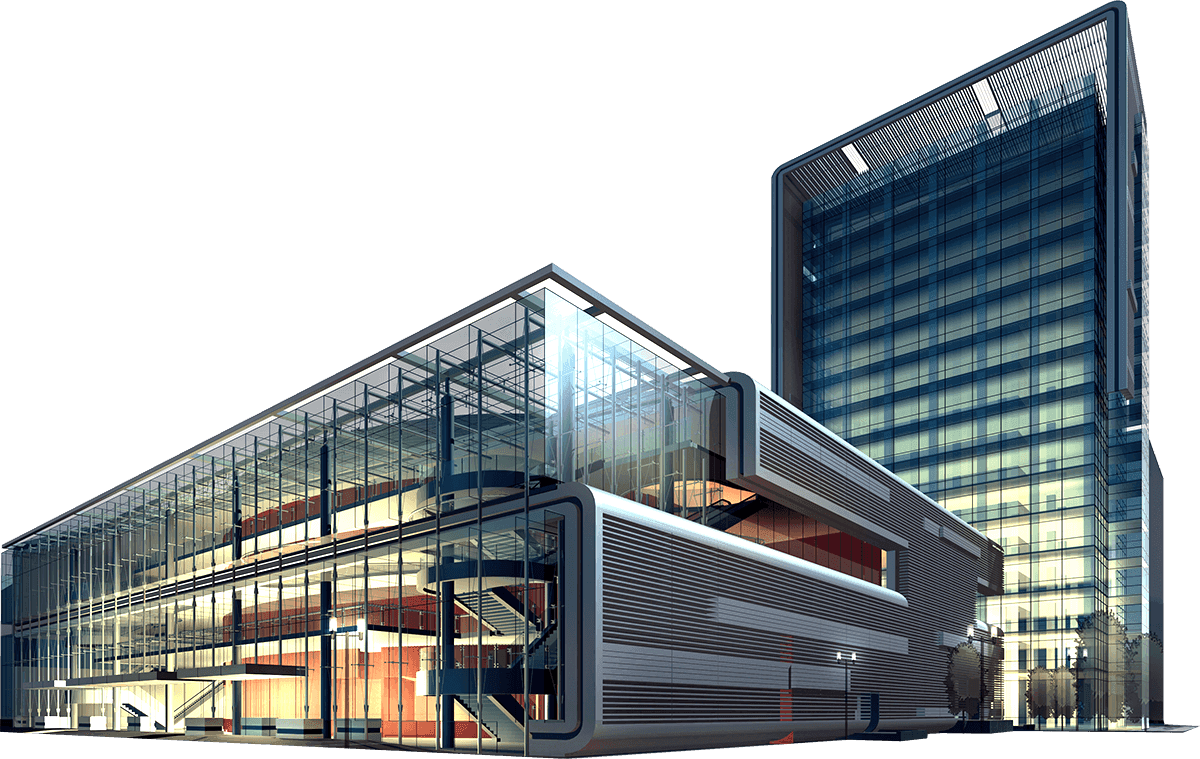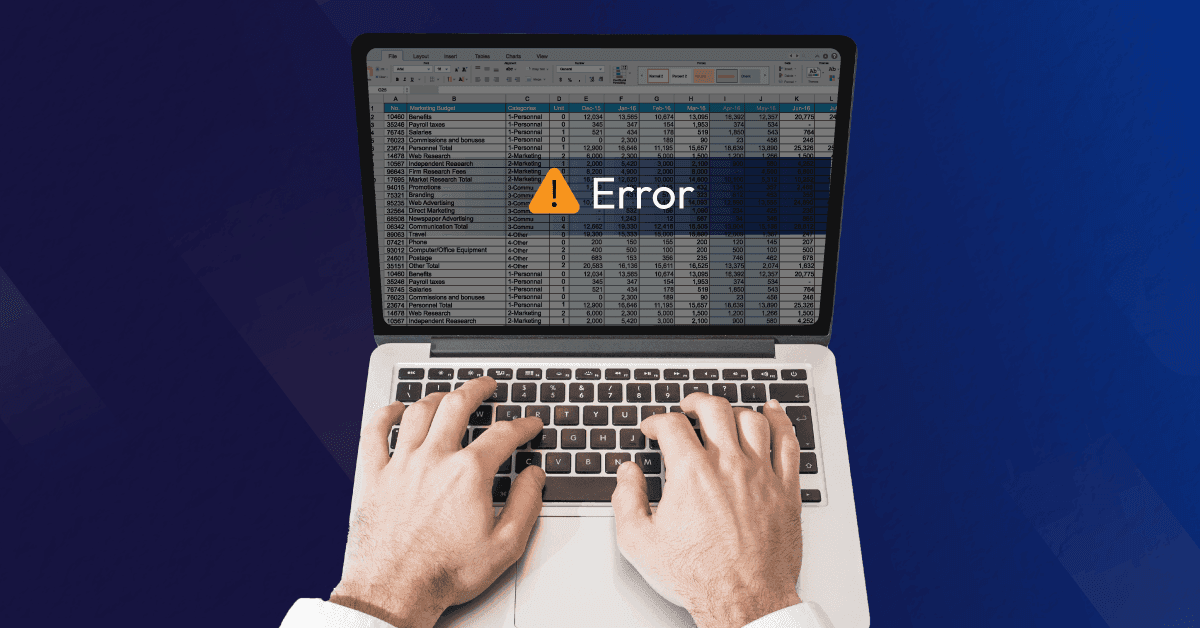“Success is the maximum utilization of the ability that you have.” ~ Zig Ziglar, American author
This quote is especially true in a business scenario where resources are the driving force of an organization, and their optimum utilization determines both project and company success.
However, for most organizations, tracking and maximizing resource utilization is a big challenge. Reliance on legacy tools such as spreadsheets and homegrown solutions inhibits a manager’s ability to gain real-time visibility into key resource metrics, including utilization. This absence of insights often leads to instances of sub-optimal resource usage, resulting in disengagement, burnout, and higher turnover rates.
Therefore, it’s vital for organizations to devise strategies to track and enhance workforce utilization levels, improve revenue margins, and maintain the resource health index.
In this blog, let’s embark on the journey to understand the nitty-gritty of resource utilization and its profound implications on your organization’s success.
Let’s begin!
What is resource utilization?
Resource utilization is a critical KPI that evaluates the efficient and effective use of resources against their availability and capacity. By monitoring this metric, managers can effectively assess workforce efficiency, identify which resources are over/underutilized, and implement corrective measures.
To understand it better, consider the typical work schedule within an organization: 8 hours per day across 5 days, totaling 40 hours weekly. Now, imagine that some resources engaged in a new client project are devoting up to 45 hours each week. This is an example of overutilization. Conversely, some team members are working for 35 hours a week. This is a case of underutilization.
If the project team members continue working below or above their allocated hours, they will become disengaged or burned out. In the long run, it will hamper their productivity and, in turn, jeopardize the project’s quality and schedule. Hence, it’s imperative for managers to maintain an optimal level of utilization.
Now, let’s understand its different types.
Types of resource utilization
Overall resource utilization
It is the method of measuring the total utilization levels of the workforce against their availability or capacity.
The formula: (Allocated Total Time)/Resource Capacity
Billable resource utilization
The time resources spent on revenue-generating tasks that can be billed to the clients is called billable utilization.
The formula: (Allocated Billable Time)/Resource Capacity
Non-billable resource utilization
When team members spend their time on activities such as internal meetings, admin work, BAU, etc., that cannot be billed to clients is referred to as non-billable utilization.
The formula: (Allocated Non-Billable Time)/Resource Capacity
Strategic utilization
Long-term goals and strategic projects form the backbone of organizational success. When your employees invest time in these endeavors, it is known as strategic utilization.
The formula: (Allocated strategic time)/Available resource time or capacity
Now, let’s dive in to know the importance of resource utilization in your organization.
Benefits of resource utilization for elevating project success
Efficient resource utilization plays a crucial role in ensuring that project objectives are met on time and within budget.
First, resource managers can proactively forecast utilization for current and future projects to ensure professionals have balanced workloads. This helps prevent under/overloading, thus reducing the risk of burnout, disengagement, and attrition.
Secondly, tracking utilization levels enables project managers to assess task progress. They can compare the overall logged hours against the initial estimates to get a complete picture of how much work is done and how much is yet to be completed. This clarity allows them to take corrective measures to maintain the project schedule and prevent deviations. As a result, it helps firms to deliver the project as per client expectations.
Moreover, keeping track of project resource utilization helps managers identify whether resources are working on non-billable tasks. This helps them to mobilize resources from non-billable work like admin tasks, data entry, documentation, etc., to billable tasks.
Lastly, optimizing overall resource utilization minimizes capacity wastage and maximizes productivity, allowing organizations to accomplish more with the available resources. As a result, it directly boosts project success rates, revenue, and business profitability.
Knowing the significance, let’s understand some effective ways to track resource utilization.
How to track resource utilization effectively?
Enlisted below are some well-proven strategies to track resource utilization:
Gain complete visibility of your resource pool
In a multi-project environment, managers need to get centralized visibility of the workforce to effectively track the overall utilization of each resource. This high-level overview enables them to assess whether resources are working at their maximum potential in real time. It also helps them identify employees who are being over/underutilized, and those who are spending too much time on non-billable work.
Establish utilization benchmarks
Managers must establish utilization benchmarks at project, team, and individual levels. Moreover, they must set separate utilization targets for different resource types, such as full-time/part-time and permanent/contingent workers. For instance, firms can set a billable utilization target of 80% for the permanent staff and 100% for the contingent workers. This categorization helps ensure that permanent resources are optimally utilized without being overwhelmed while also gaining maximum value from expensive on-demand consultants.
Compare booked vs. actual time spent by resources
Once the utilization benchmarks have been set, keeping a constant tab on the actual resource usage is important to gauge their productivity and efficiency. For this, managers can periodically compare the booked vs. actual time spent by resources on various project tasks and check if there are discrepancies. If the difference is significant, the managers can take steps to identify areas of improvement and maximize productive utilization.
Choose the right tools to track resource usage
The best way to track workforce utilization is to implement a robust resource management solution. One can select a feature-rich tool that provides real-time visibility and powerful reports, dashboards, analytics, etc. It will help project and resource managers to view and track utilization across multiple dimensions.
Given the ways to track resource utilization, here are some best practices to improve it in your organization.
Measures to maximize resource utilization
Here are some methods you can follow to improve resource utilization in your firm:
Identify under or overloaded resources
When team members undertake excessive workloads, it can lead to stress and exhaustion, while underutilization can result in disengagement. Therefore, it’s essential to accurately assess whether employees are overburdened or underused to ensure maximum resource efficiency.
Managers can take proactive steps, such as evaluating employee availability and capacity, before assigning them to tasks or projects. Additionally, monitoring workload throughout the project’s duration can help identify any discrepancies and ensure optimal resource utilization.
Redistribute the excess workload
According to a survey, burnout costs companies a staggering $120-190 billion annually.
Employee burnout often stems from excessive workloads, a primary factor that can diminish productivity. Therefore, it is essential for managers to monitor employee utilization levels. In cases where a resource is overwhelmed, they can take steps to redistribute tasks accordingly.
For example, in projects with flexible timelines, they can employ resource leveling to adjust start and end dates and accommodate resource availability. Alternatively, for projects with strict timelines, managers can use resource smoothing by adding additional staff to alleviate workload pressure. This approach ensures a more equitable distribution of tasks among employees, leading to increased productivity and timely completion of high-quality projects.
Manage your bench size wisely
When managers fail to anticipate the winding down of ongoing projects, they struggle to find appropriate tasks for resources, resulting in extended bench time and underutilization of skills. Consequently, this diminishes employee morale and can impact the firm’s profitability.
Hence, it’s crucial for managers to gain visibility into upcoming projects and allocate resources to billable work before they conclude their current assignments. This proactive approach reduces bench size and optimizes resource utilization, thereby boosting revenue generation.
Reduce the non-billable activities of resources
When employees consistently engage in non-billable tasks, it diminishes their productivity, performance, and overall engagement. For instance, within an IT company, assigning senior developers to less critical duties, such as maintaining outdated systems or addressing minor bugs, can lower their motivation.
As a result, it is imperative for managers to regularly assess resource schedules and proactively mobilize them from non-billable assignments to billable and strategic projects. This approach not only enhances performance and profitability but also instills employees with a sense of purpose and strengthens commitment.
Use a shared service model
In the absence of employing a shared service model, companies frequently face challenges in identifying available resources from departments, resulting in costly redundancies in hiring individuals with similar skill sets. Hence, managers can adopt a shared services strategy to allocate resources across multiple projects effectively.
This approach enables employees to gain insights into the work and practices of various departments, thereby broadening their skill sets. With access to comprehensive resource-related data, managers can assign the most appropriate resources to projects based on their skill prerequisites. This guarantees the optimal utilization of these resources’ talents, ultimately boosting productivity.
Multi-skill your workforce
When employees lack diverse skills, they may find themselves limited to working on similar projects for extended periods, leading to demotivation and decreased morale. To address this issue, it’s crucial to enhance employees’ competencies through multi-skill development and training programs.
Furthermore, managers can offer opportunities for shadowing, cross-departmental work, and on-the-job training to help employees develop a broader range of skills and prepare them for future pipeline projects. This approach not only enhances their skills but also ensures higher utilization rates for all employees.
Conclusion
“Organizations today must do more with less and get better results from limited resources.” ~ Brain Tracy, motivational speaker.
The goal of every organization should be to utilize the skills of their existing resources to the maximum and improve productivity and quality of work. By adhering to the outlined steps in this blog, businesses can enhance resource utilization rates and ensure the timely delivery of projects, boosting profitability.








